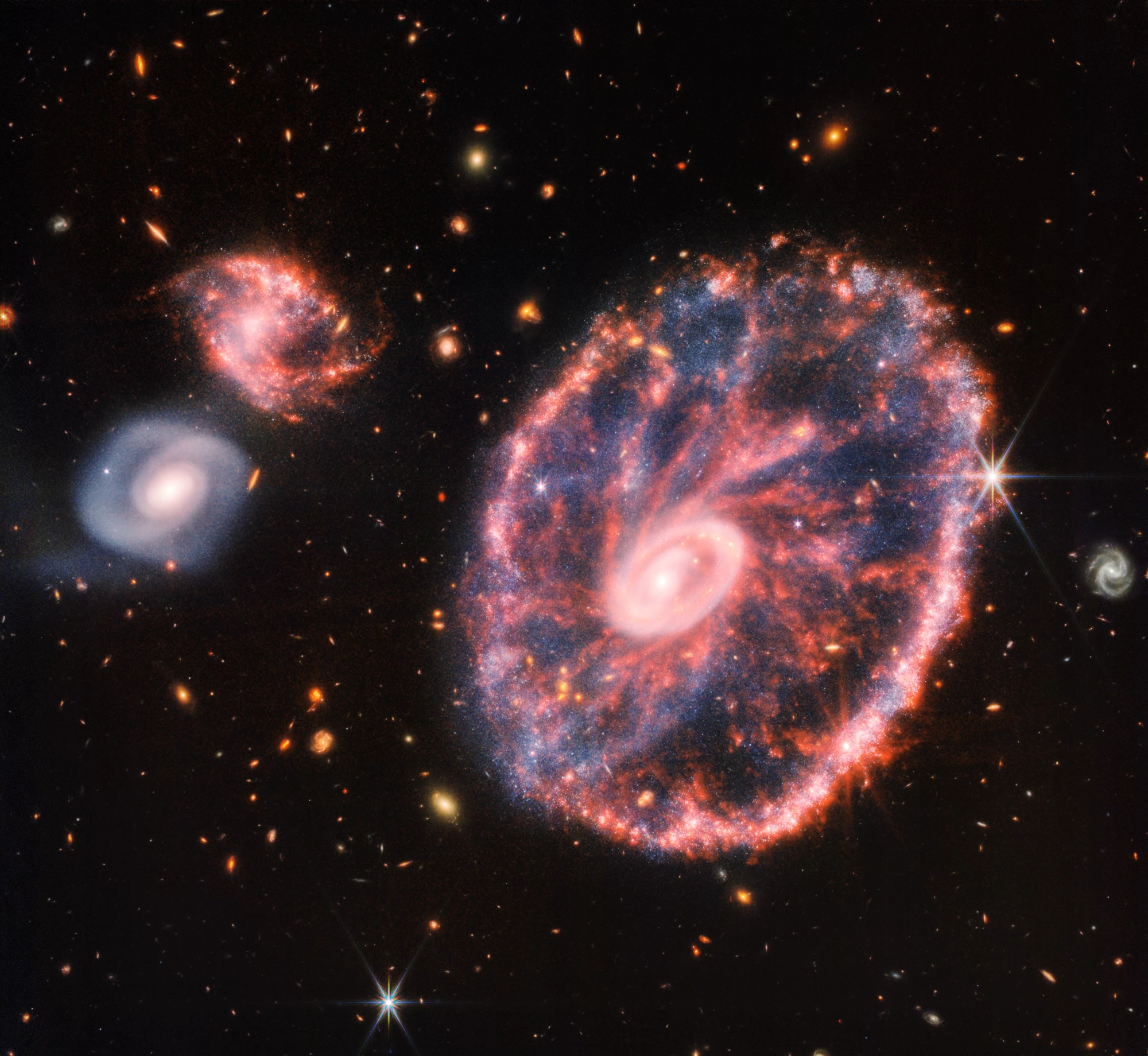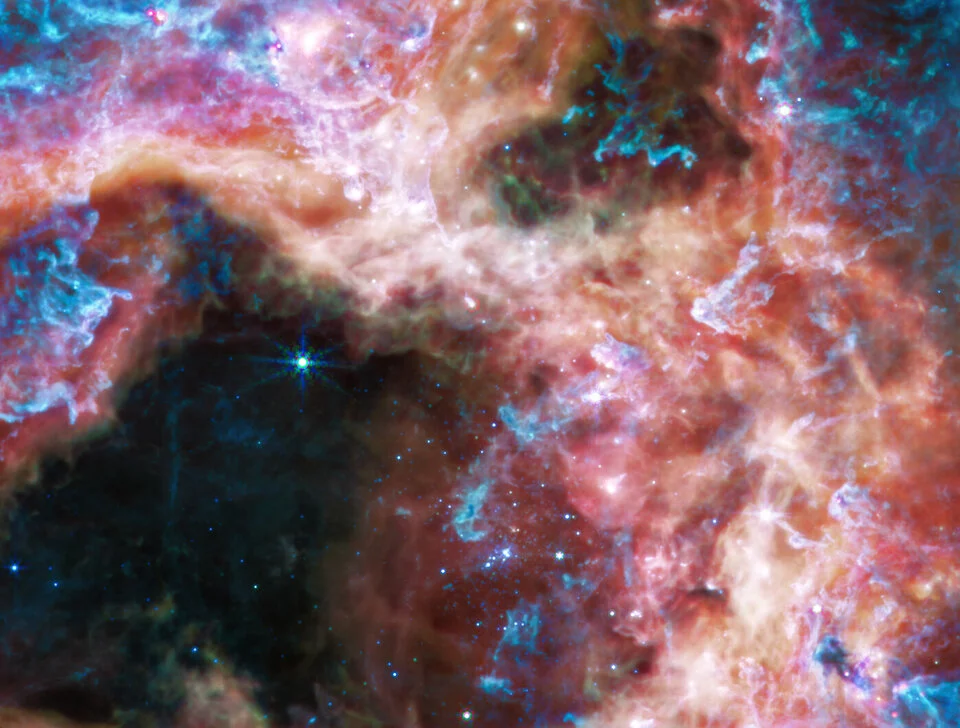In 2022, decades of work finally came to fruition as the James Webb Space Telescope fired up and began training its unprecedented eyes on the universe. From distant galaxies to our nearby neighbors, let’s look back at some of the most impressive images the telescope has captured so far.
The successor to Hubble, James Webb scans the skies in infrared, and that combined with the unprecedented size of its mirror allows the telescope to peer deeper into space and further back in time than any other observatory. Using this power, Webb’s mission is to study the formation and evolution of stars, planets and galaxies, especially those that formed soon after the Big Bang. It may even find the first signs of extraterrestrial life.

NASA released the first batch of images to the public in July, including a view of a distant cluster of galaxies magnified by a gravitational lens, a nebula cast off from a dying star and another that’s birthing new ones.
Since then, James Webb has been busy producing image after stunning image, revealing new details of galaxies, nebulae and famous celestial landmarks like the Pillars of Creation. Closer to home, it showed Jupiter in a new light, and gave us the clearest look yet at Neptune’s rings.

And of course, this is just the beginning. James Webb is planned to examine the cosmos for at least the next decade, and if it’s anything like its predecessor Hubble, its mission could be extended for another decade beyond that.
So come take a look through the highlights of the James Webb Space Telescope’s first six months in operation in our gallery.
Source: NASA on Flickr



















